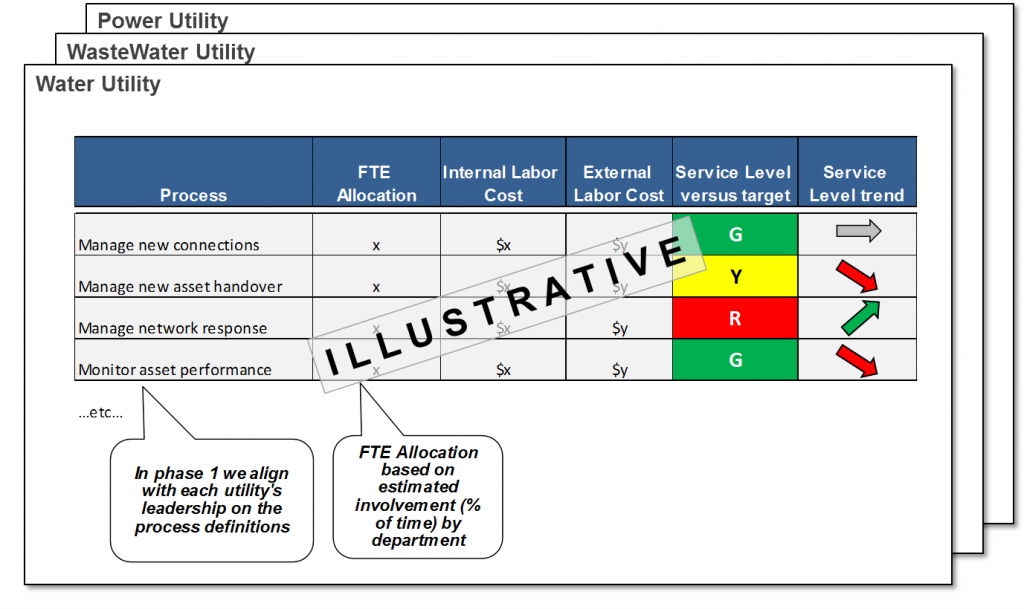Mac Hodell, global director of management consulting – strategic planning services
Have you ever tried to solve a puzzle or see one of those hidden 3D pictures and gotten stumped? But then, you stepped back and tilted your head, and… the answer suddenly appeared?
The challenge of improving an organization’s efficiency can be similar – it is about shifting your perspective.
Most organizations are organized by regions and, within that, by functions (e.g., plants operations, linear infrastructure operations, procurement, etc.). This is how their costs are reported and often how they are analyzed and addressed.
However, that only gets an organization so far.
Organizations actually work in terms of processes and activities, which cross siloed boundaries and often involve multiple departments. There tends to NOT be visibility of costs and, therefore, efficiency by process.
This issue isn’t “wrong.” In fact, it is inevitable.
But, if one can see the amount of labor and the costs by activity / process, if one can shift the perspective, then a couple insights tend to emerge:
- Which processes and sub-steps contain disproportionate costs relative to what one might expect?
- Which processes involve the most handoffs / interfaces between different groups? Is there a case for process redesign or consolidating responsibility amongst fewer units?
This creates an opportunity – If we develop a process-level labor and cost baseline, while also noting the service level or key performance indicator trend, we paint a compelling picture of baseline efficiency and effectiveness:
Example Process Level Baseline
There are many ways to accomplish this result. Often, simpler is better: basic surveys can inform rough allocations adding significant insight quickly and at low cost.
Once an organization’s leaders step back, tilt their heads and see the puzzle in this new light, another wave of efficiency opportunities becomes clearer.
If you have thoughts, questions, comments – let us hear from you!

